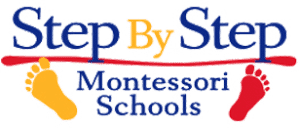By Sheri Papke
Why do we sew in the Montessori classroom?
In the book, Sewing in the Montessori Classroom, a practical life curriculum, Aimee Fagan M.Ed., says, “The hand is the brain’s connection to the world around us. As our culture moves to being greatly screen-based, we are struggling with how to help the children in our classes who have poor fine motor skills and motor planning. We have to engage children with materials that require fine movements and encourage them to use the mind and hand simultaneously” (page 4).
This engagement of the mind and hand begins with work in the practical life area. The main goals or outcomes of practical life are as follows:
- Coordination
- Concentration
- Independence
- Creating a sense of order.
Practical life work should also be meaningful and applicable to real life if it is to be successful. Purposeful work, like sewing, also produces deeper concentration and engagement, which is a foundational key to the child being successful in the other areas of the classroom. As with all practical life or any works in the Montessori classroom, the works are sequenced so that the skills are continually being built upon. For example, when a child enters the classroom at two-and-a-half or three-years-old, we present them with cutting playdough and stringing beads, which help with building fine motor movements that they will continue to cultivate as the lessons become more challenging.
A child may also benefit from sewing in the following ways:
- Strengthened finger dexterity
- Expanded self-confidence and independence
- Learning copious amounts of patience and dedication
- Increased focus and concentration
- Mastering a useful and lifelong skill
- Gaining a sense of satisfaction and accomplishment
In the Montessori classroom at Step By Step Montessori Schools, children look forward to sewing projects like the completion of the world pillow (as seen in the photograph above).










